As the Soulslike genre continues to see no shortage of titles added to its already extensive library, new entries often find staking their claim in the genre an increasingly impossible task, especially during seasons where Soulslike burnout begins to set in because too many games are released in proximity to one another. SenseGames’ AI Limit is one of the latest Soulslike games to attempt to make a name for itself in the saturated genre, and it may actually have what it takes to accomplish that.
Those going into AI Limit with plenty of experience with Soulslike games should find it to be one of those titles that feels fundamentally generic and yet still fresh enough to remain on their mind after they’ve quit playing for the day. For those who are new to the Soulslike genre or only play it casually, AI Limit leans more on the accessible side of things with its gameplay, while still ensuring that accessibility is balanced out fairly well with innovative mechanics and challenging combat. AI Limit‘s shining stars, however, are its visuals, worldbuilding, and atmosphere — all of which contribute to an immersive Soulslike experience that’s hard to forget after the credits roll.
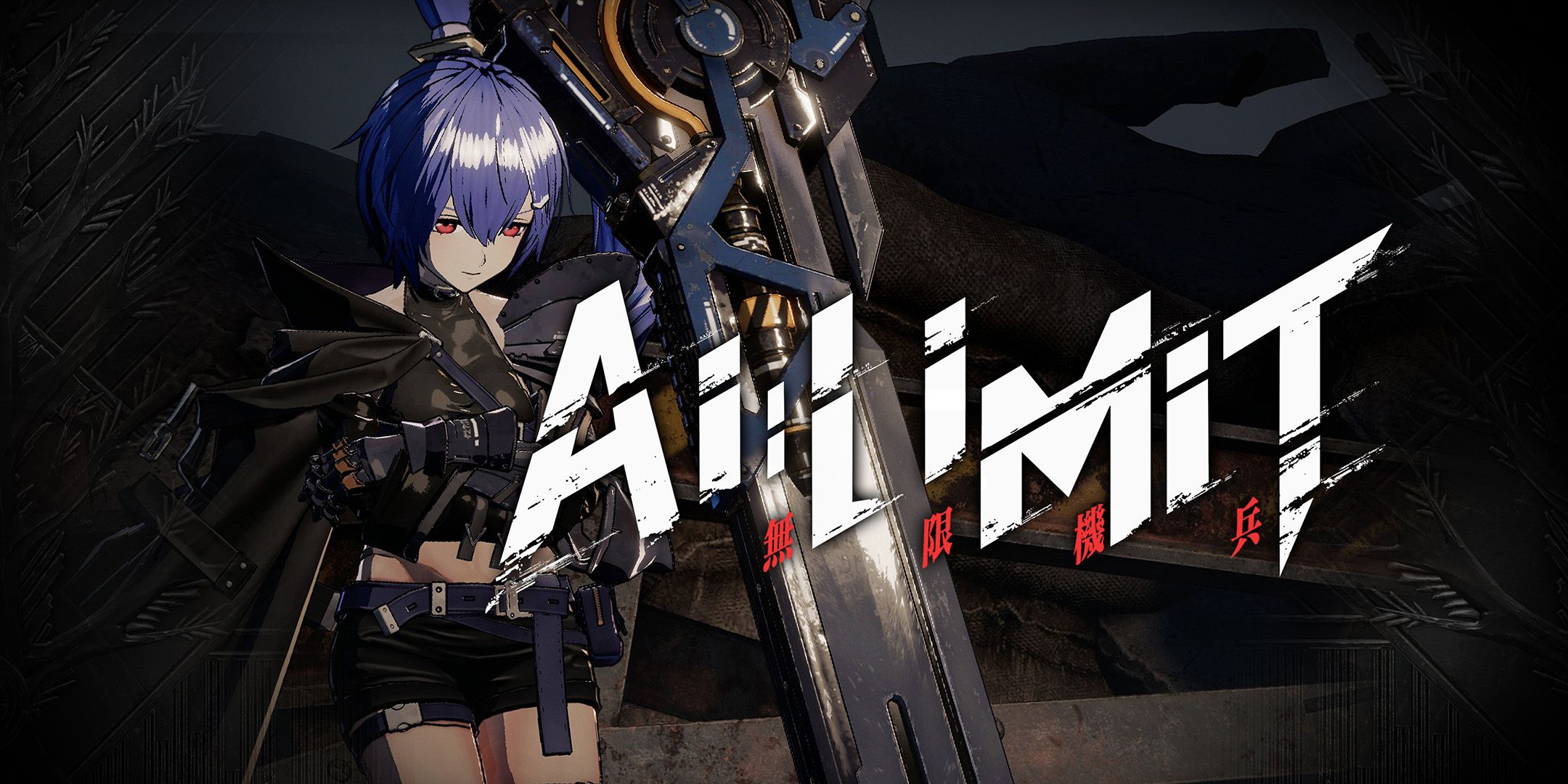
Related
‘A Game is the Sum of its Creators’ AI Limit Dev Talks Making a Soulslike Game
In a Game Rant interview, AI Limit developer SenseGames discusses how video games tend to reflect their creators’ experiences.
AI Limit Excels at Storytelling, Worldbuilding, and Atmosphere
AI Limit’s Story Is Deep, Relevant, and Surprisingly Emotional
As is the case with most traditional Soulslike games, AI Limit‘s narrative diverges from linearity in favor of more subtle and indirect methods like environmental storytelling, lore entries, and NPC dialogue. Rarely is this indicative of a shallow narrative, however, although it can still feel shallow to those who aren’t thorough in their journey. As for its own premise, AI Limit is set in a distant future where civilization teeters on the brink of extinction. What’s left of humanity now clings to survival in Havenswell, the last known city, driven by the legend of Elysium — a sanctuary and a means of deliverance for humanity’s remaining survivors.
AI Limit‘s story is deep from the onset, putting players into the shoes of Arrisa, an amnesiac immortal being known as a Blader. Bladers are new life forms created through mysterious technology, possessing remarkable regenerative abilities, and Arrisa is far from the only one left in AI Limit‘s world. The core theme of AI Limit‘s story involves an exploration of the boundaries and consequences of artificial intelligence in a post-apocalyptic world, delving deep into the relationship between humans and future artificial intelligence and increasing its relevance to the incorporation of AI into society today.
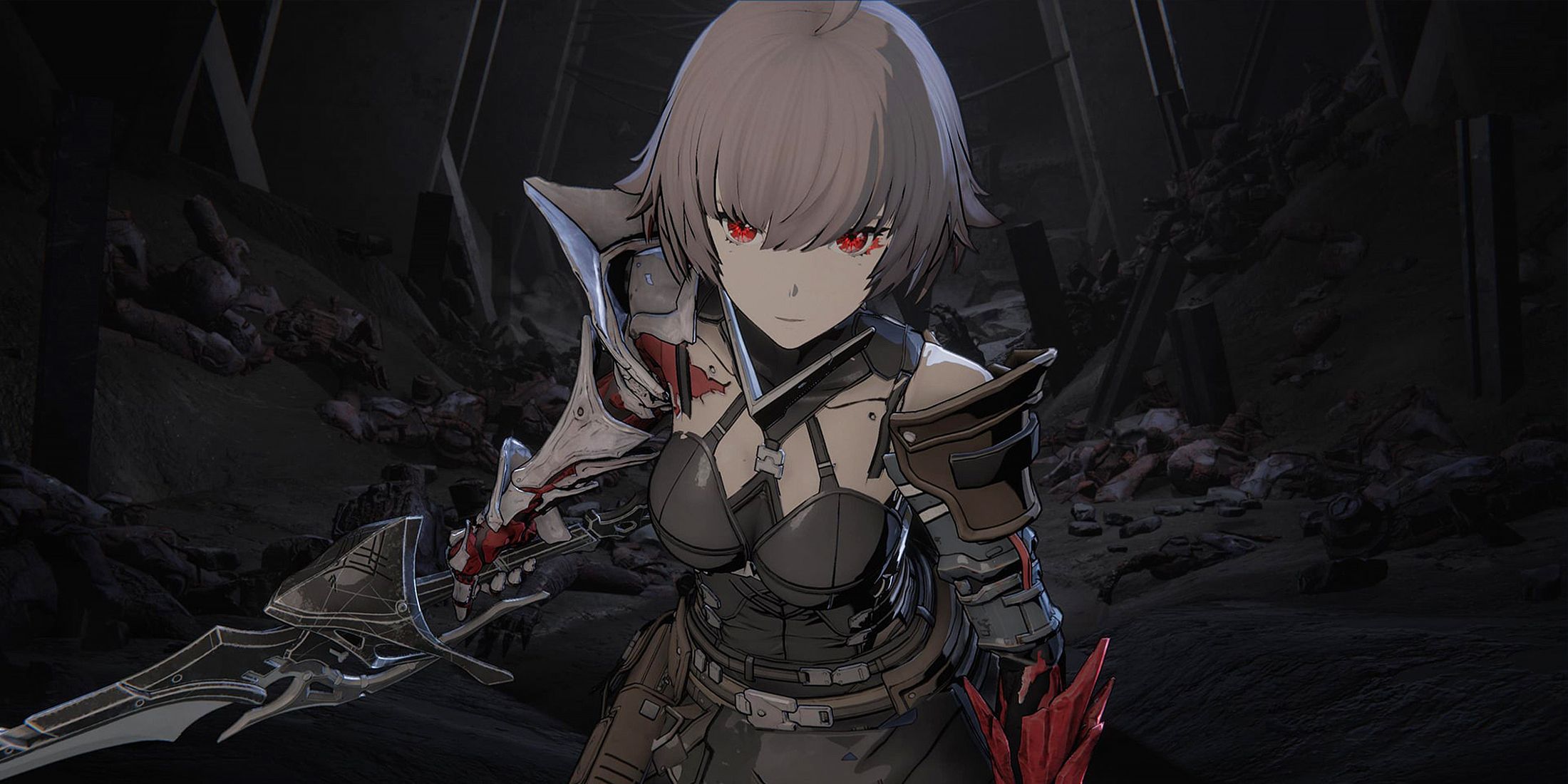
What grants AI Limit‘s narrative its depth is the fact that there are actually two stories told simultaneously in the game — one being Arrisa’s personal journey and another being her quest for Elysium. As a Blader, Arrisa’s quest revolves around repairing Branches, mysterious mechanisms that facilitate her resurrection after death and therefore mechanically resemble Elden Ring‘s Sites of Grace and Dark Souls‘ Bonfires. As Arrisa repairs these Branches, she is occasionally granted glimpses of her lost memories and the history of her kind. This is all happening alongside her journey to find Elysium, which is wrought with confrontations with monstrous beings known as “Necros,” who spawned from a devastating substance called the “Mud.”
The story itself is surprisingly emotional and thought-provoking, especially when more is revealed about Arrisa’s past and the history of the Bladers. Throughout her journey, Arrisa encounters diverse human and non-human NPCs who will offer her valuable insight, items, and skills, but it’s really the stories they tell that contribute to AI Limit‘s tone and themes. These NPCs help AI Limit‘s world not to feel as lonely as it seems, and yet it still feels as though Arrisa is alone on her quest.
AI Limit’s Sleek Anime-Inspired Visuals and Oppressive Atmosphere Make It a Standout Entry
AI Limit might not be the first Soulslike game to feature anime-inspired visuals, but its art style is nonetheless one of the main ingredients that helps set it apart from the dark and gritty aesthetics typical of the genre. AI Limit‘s anime-inspired visuals may be a bit brighter and warmer than most Soulslike games are known for, but they ultimately serve as a unique contrast to the dark and oppressive tones the world’s environments effortlessly maintain. If nothing else, the anime art style highlights one of AI Limit‘s biggest strengths: its atmosphere.
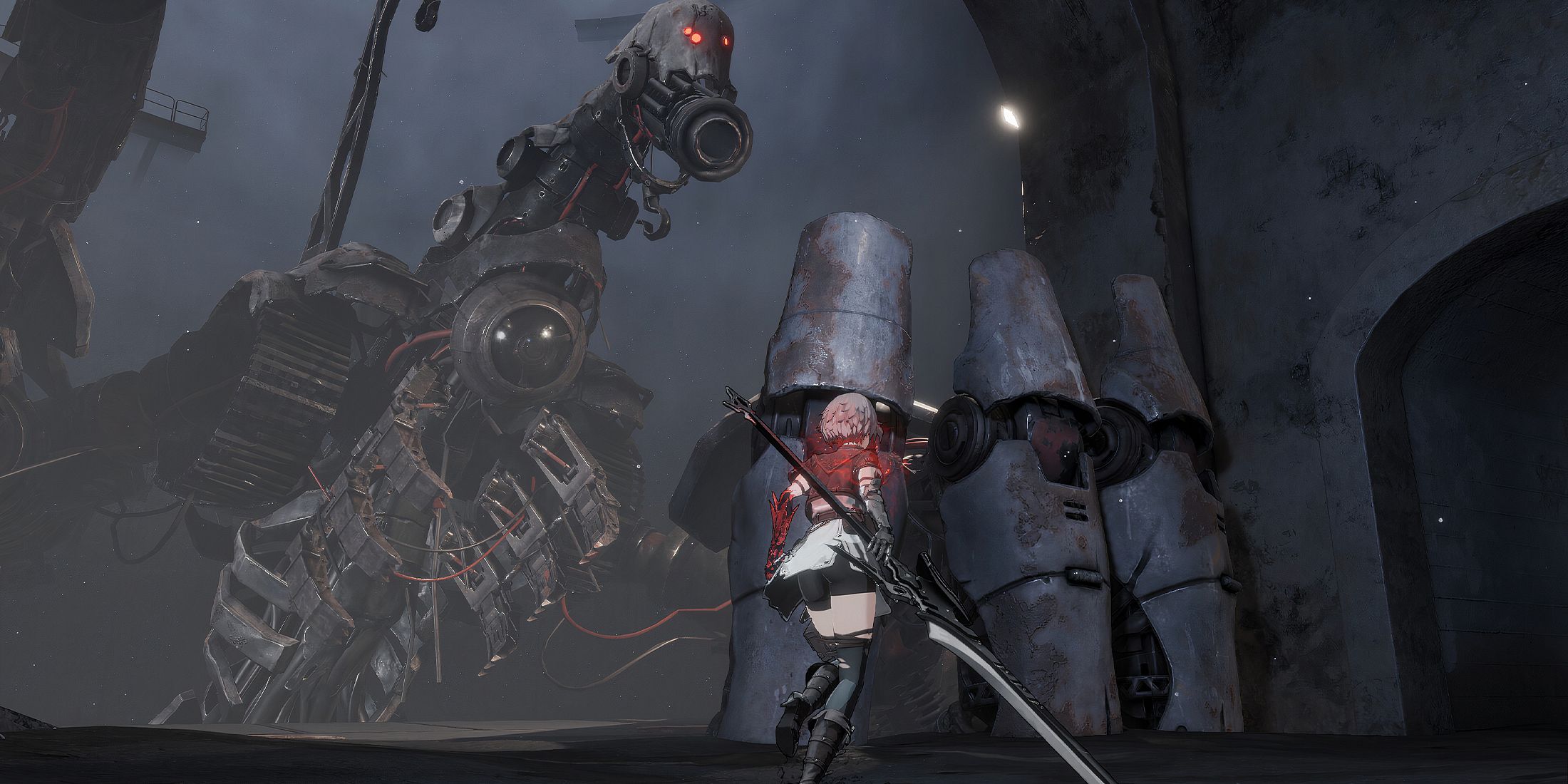
AI Limit excels at creating a foreboding and oppressive atmosphere. Fortunately, that is precisely what an authentic Soulslike world is defined by, so it’s a major part of what makes this game a noteworthy addition to the genre. While its post-apocalyptic world doesn’t feel as lonely as many Soulslikes do, it still ensures players are well-acquainted with that all-too-familiar feeling of insignificance, as every corner hides dangerous foes who can tear Arrisa to shreds if players don’t stay light on their feet.
It’s difficult to narrow AI Limit‘s immersive atmosphere down to one contributing factor, as it’s one of the best aspects of the game because it pours so much into it. So many of AI Limit‘s environments are larger than life, effectively making Arrisa just a small and rather insignificant chess piece in the game’s futuristic post-apocalyptic world. It’s also worth noting that AI Limit‘s soundtrack is fantastic, despite being minimalistic in its execution, and the world’s eerie ambiance is subtly terrifying and adrenaline-inducing. There is nothing quite like hearing a massive robot marching down a nearby hallway, as it will initially likely increase the heart rate of even the most seasoned Soulslike players.
3:59

Related
8 Best Adventure Soulslike Games, Ranked
These great soulslike (and soulslike-adjacent games) emphasize the spirit of adventure through their thrilling combat and enticing narratives.
AI Limit Achieves Uniqueness in Its Gameplay
AI Limit’s Sync Rate System Is Its Bread and Butter
Given how increasingly crowded the Soulslike genre is, each new entry needs noticeable elements to help set it apart from the rest. For AI Limit, that element is its Sync Rate system — a mechanic that encourages strategic management during combat to balance offense and defense.
When players use melee attacks against an enemy in AI Limit, their Sync Rate increases, and so too does their damage output. On the contrary, when weapon arts or spells are used — which are generally more powerful than melee attacks anyway — their Sync Rate decreases, along with their damage output. Some enemy attacks and abilities can decrease the Sync Rate as well, in addition to certain environmental hazards. As such, players are encouraged to remain vigilant at all times and fully aware of their Sync Rate before charging headlong into battle.
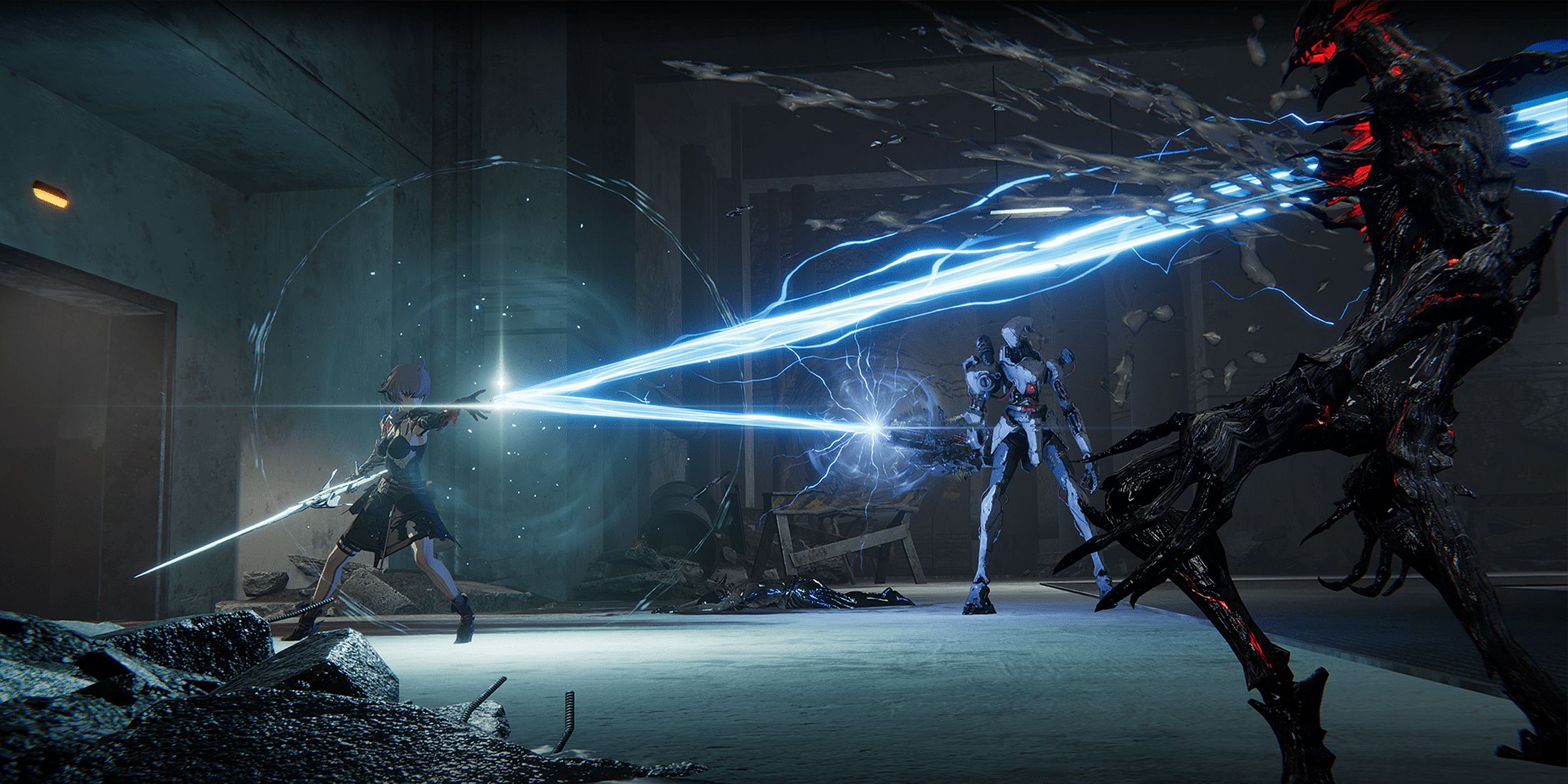
The Sync Rate system is certainly fun to experiment with when it comes to different builds, and that’s especially true since AI Limit allows players to respec for free an unlimited number of times, so long as they find the item required to do so. However, the ultimate purpose of AI Limit‘s Sync Rate system is to encourage more aggressive play, which can hinder build diversity as a result. Generally, Soulslikes emphasize a measured approach to combat that relies on reflexes, timing, observation, and patience, thereby allowing for a much wider range of built possibilities. Those characteristics aren’t necessarily lost in AI Limit, but they aren’t as prevalent either.
This is ultimately what some players might find difficult to get behind when it comes to AI Limit‘s Sync Rate system, as it offers less build flexibility. The Sync Rate system is at its best when players use a pure melee build or a melee-spellcasting hybrid build. As such, anyone hoping to go for a pure spellcasting build is largely out of luck, since Sync Rate is required to cast spells or weapon arts, and melee attacks and certain consumables are the only things that can refill the Sync Rate. I personally found rolling with a pure melee and physical defense build the whole way to offer the best balance of damage output and survivability.
The ultimate purpose of AI Limit‘s Sync Rate system is to encourage more aggressive play, which can hinder build diversity as a result.
While the Sync Rate system diminishes build flexibility to a certain degree, it’s still a brilliant way to prevent players from being glass canons in AI Limit, since at some point they’ll need to get up close and personal with an enemy to execute some basic attacks and refill their Sync Rate. It’s impossible to stay out of harm’s way with that system intact, as players will eventually be required to close the gap and intentionally put themselves in danger. Plus, the lack of a stamina bar in AI Limit means players can get away with being more aggressive than they probably ever have in a traditional Soulslike game.
AI Limit’s Combat Finds a Happy Medium Between Challenging and Accessible
AI Limit is one of the best Soulslikes in recent memory to find a happy medium between being challenging and accessible. As the debate continues about whether a Soulslike game should be easier in the first place, AI Limit rests comfortably in a spot where it can hopefully appeal to hardcore and casual audiences alike. Exploring every inch of AI Limit‘s post-apocalyptic world can lead to plenty of surprise encounters with brand-new enemies players have yet to face, and there are certain levels where it’s very easy to slip off an edge and fall to an immediate death. On the other hand, AI Limit‘s Branches are reasonably dispersed throughout its world, so players can save, heal, and upgrade Arrisa’s stats often enough to make things a bit easier.
Most of AI Limit‘s bosses are likely going to be fairly easy for Soulslike veterans, but that doesn’t mean they should let their guard down. The game’s boss arenas vary from being massive to incredibly boxed-in, and their combat tactics are all distinct enough that it will still take most players several attempts to subdue each one. Furthermore, many of AI Limit‘s Soulslike bosses have deceptive telegraphs that even seem to adjust to player behavior, which increases the challenge even more.
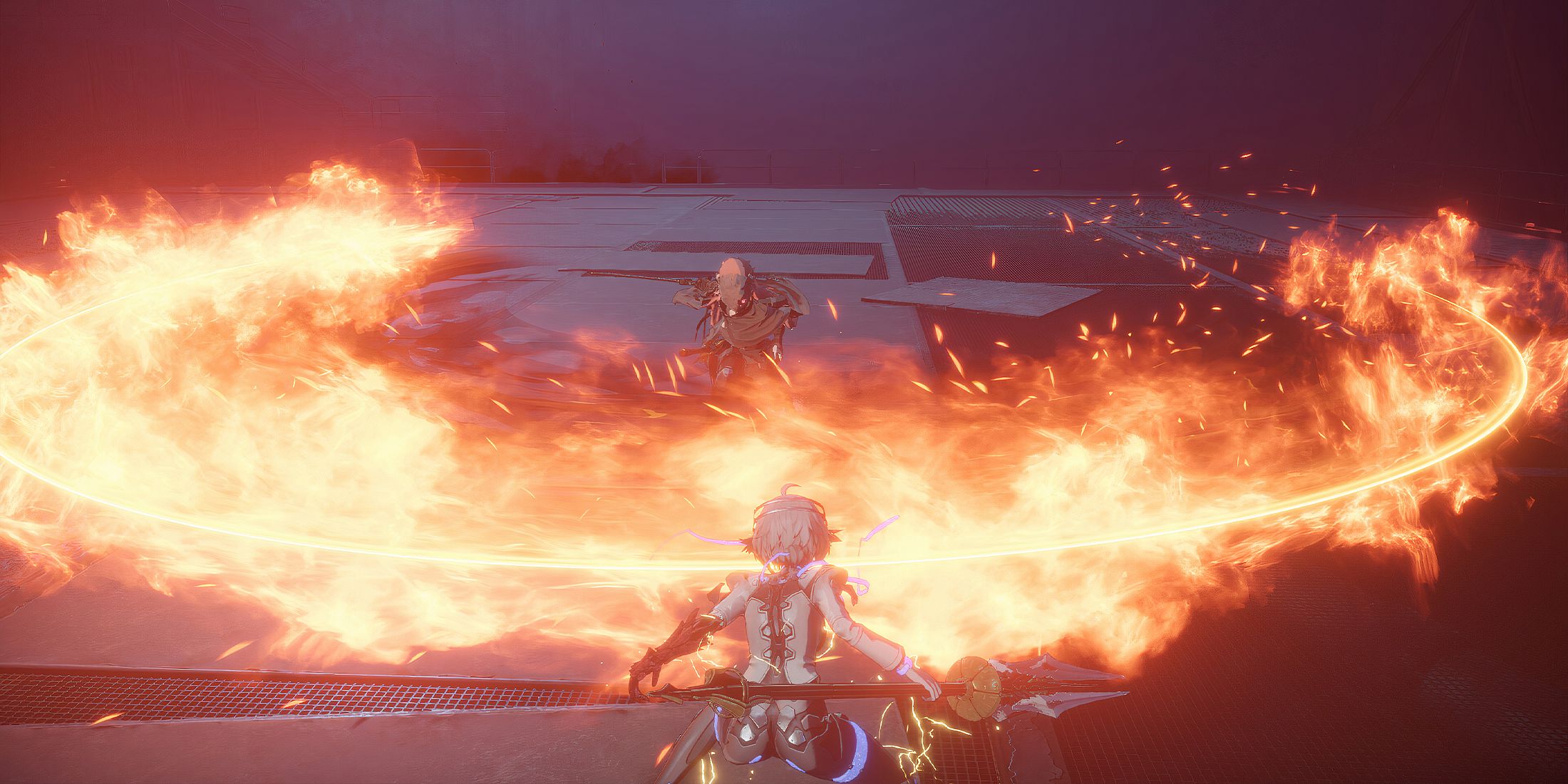
There is a considerable difficulty spike about halfway through the game, when players are confronted by AI Limit‘s version of Shadow of the Erdtree’s Messmer the Impaler. However, what I personally appreciated about this spike in difficulty is that it isn’t just there to impede progress. Instead, it’s intentionally designed this way for narrative and worldbuilding purposes that I can’t divulge here, but, rest assured, it’s a worthwhile challenge and turns out to be one of the most surprising story beats in the game.
Unlike the stamina-based mechanics of most Soulslike games, AI Limit foregoes including a stamina bar, so players can dodge and attack as often as they want without ever being concerned that they’re going to leave themselves vulnerable. This is one way that AI Limit increases the accessibility of its combat, but while that might initially make the game sound too easy, timing is still key when dodging and attacking. There is enough of a delay between dodges that players can still be easily struck by an enemy if they move carelessly, especially considering how many of the game’s bosses use AoE attacks.
AI Limit’s Modified Death Mechanics Increase Its Risk Factor
Something else highly unique about AI Limit is its unconventional death mechanics. The most common way Soulslike games go about handling the player’s death is by resurrecting them and then giving them one chance to pick up any “Souls” (currency for upgrading their character) they dropped upon death. Should they die before retrieving those Souls, they will lose them permanently. As if this system wasn’t already risky enough, AI Limit went and made the concept even riskier.
In AI Limit, players collect Crystals upon defeating enemies and selling items. These Crystals are then used in the same way that Souls are used in a Dark Souls game — to upgrade Arrisa’s stats and purchase new items — but they come with a unique twist. Rather than dropping all of their Crystals upon death and then receiving a chance to retrieve them, players immediately permanently lose a percentage of their Crystals, with that number depending on which Nucleus they have equipped.
Each Nucleus in AI Limit has a Retention Rate and an Absorption Rate. The Nucleus’ Absorption Rate determines what percentage of Crystals players obtain from enemies, whereas its Retention Rate determines what percentage of Crystals players retain upon death. It’s an innovative way to diverge from the traditional death mechanics of Soulslike games while also introducing a fun high-risk, high-reward system that can really pay off for skilled players and those who plan strategically. Players begin the game with a Nucleus that has an equal Retention Rate and Absorption Rate, but they can get their hands on more imbalanced Nuclei later on.
AI Limit’s Gear Customization System Looks Great, But Is Heavily Underutilized
As any good Soulslike game should, AI Limit features plenty of gear customization for players to tinker with. Apart from a Nucleus, players can equip two weapons at a time, as well as headwear, armor, a spell, and six consumables. Each weapon in the game follows traditional Soulslike gear mechanics, where their damage output scales with certain attributes. Weapons can also be upgraded using crafting materials and Crystals, and their scaling bonuses are improved as a result. Armor, on the other hand, covers a variety of defensive stat bonuses, including resistances to various afflictions.
AI Limit‘s attributes are Life, Vitality, Strength, Technique, and Spirit. Each attribute grants bonuses to certain stats, all of which are clearly indicated when players hover over said attributes.
AI Limit‘s gear customization coincides with its anime-inspired visuals as well, giving players diverse armor sets that are pleasing to the eye and keeping up the tradition of “Fashion Souls” the genre is known for. Unfortunately, it’s rather difficult to justify using most of the armor sets that are available in the game, leaving most of that fashion locked away in the closet.
Since AI Limit rewards aggressive play, and most of its enemies and bosses deal physical damage in addition to elemental, players are really better off equipping gear that has high physical defense. The debuffs enemies and environments inflict in the game can be avoided and remedied fairly easily and affordably, thereby trivializing the armor sets that prioritize defense against those debuffs. I personally never found the debuffs in the game to be too difficult to manage, so I mainly stuck with an outfit that gave me good defense against physical attacks. Thankfully, there are several armor sets available in AI Limit that offer equal amounts of high defense bonuses, so players at least have some options to choose from there.
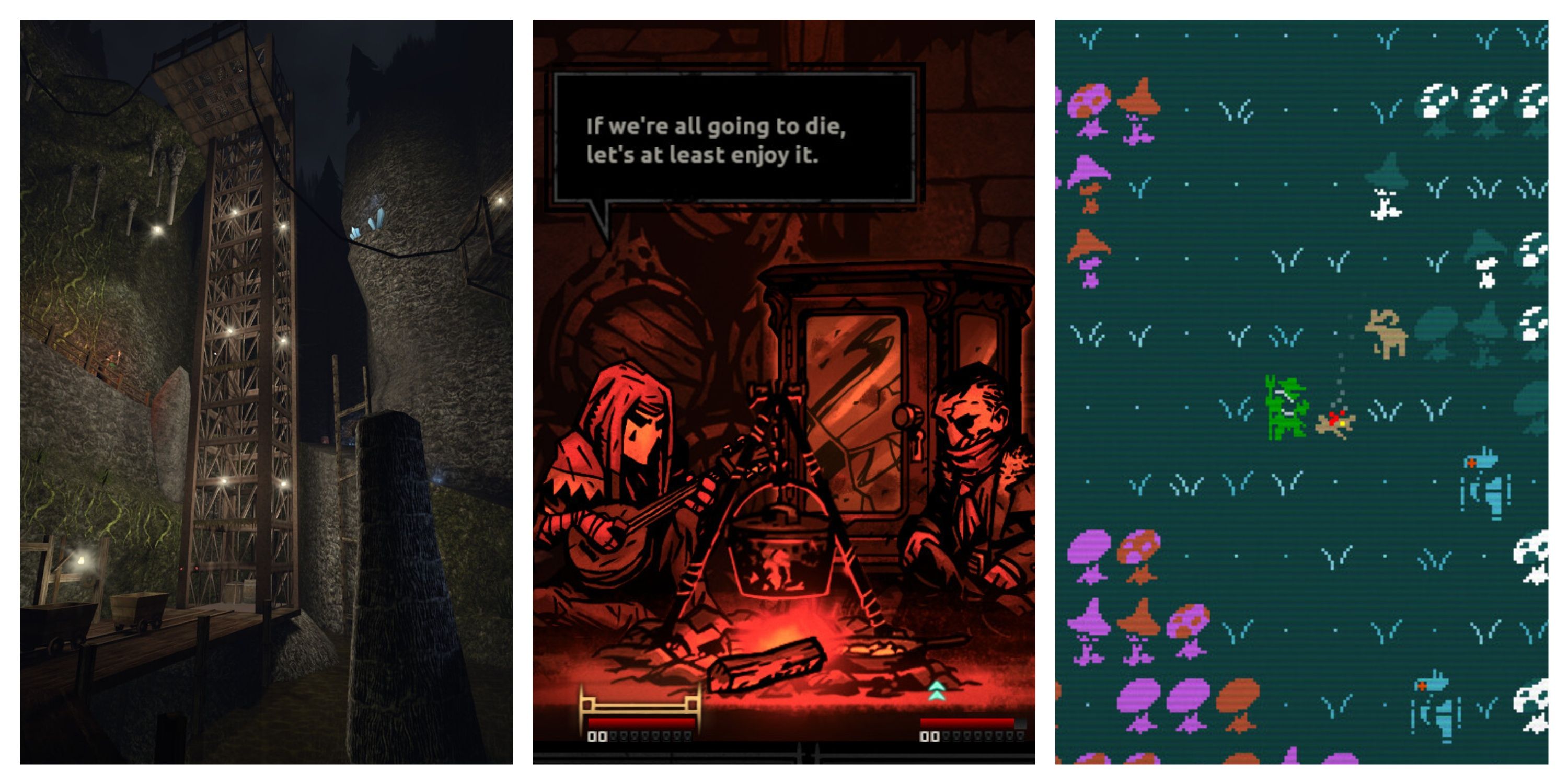
Related
Game Settings That Would Be Perfect For A Soulslike
These rich video game worlds would fit perfectly into a soulslike formula, offering new avenues for exploring their diverse settings.
AI Limit Is a Worthy Addition to the Soulslike Library of Games
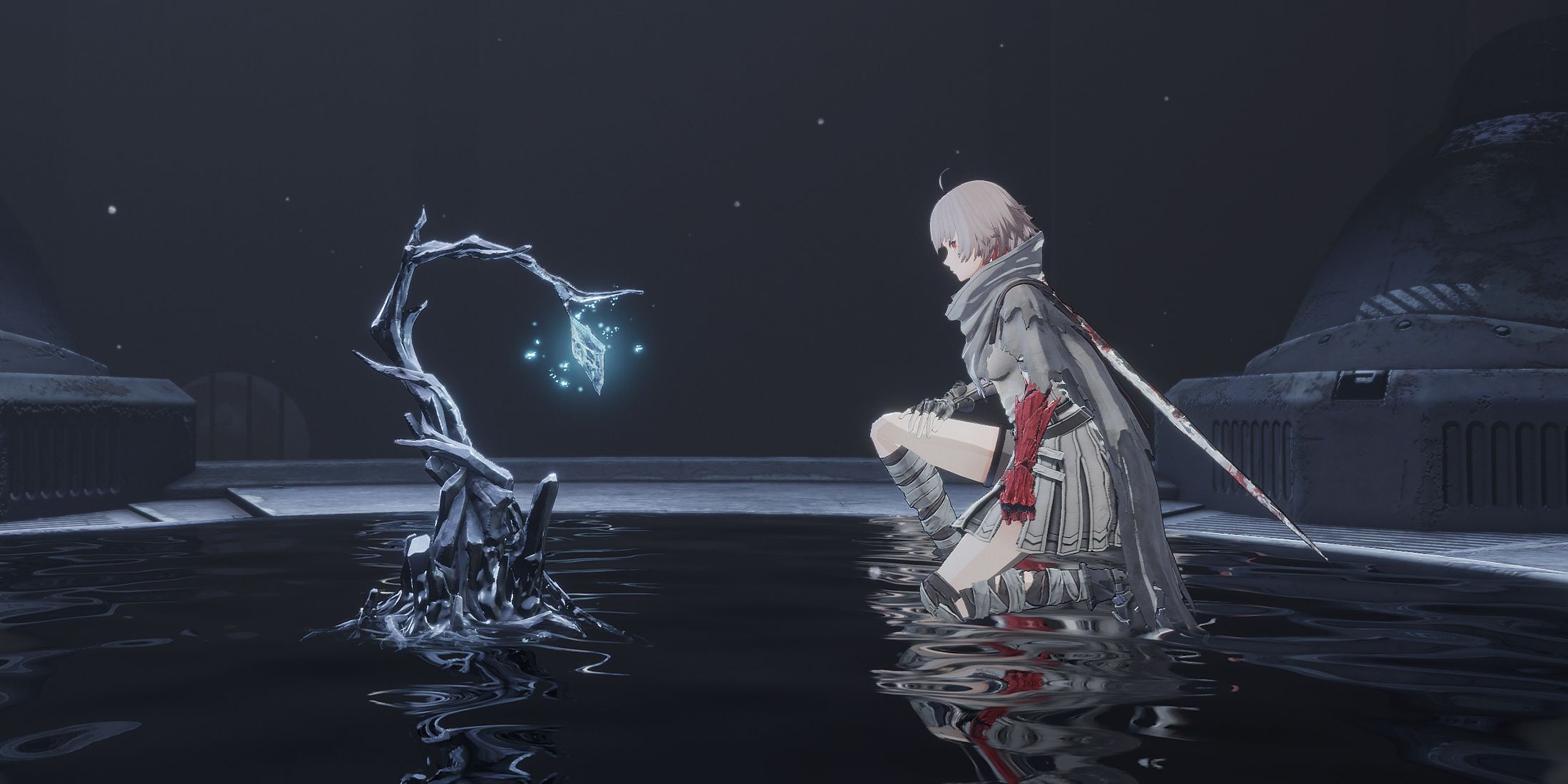
AI Limit may not reinvent the Soulslike formula, but it doesn’t have to. Instead, it sharpens and stylizes that formula in a way that feels fresh without abandoning the genre’s roots. Between its atmospheric worldbuilding, in-depth storytelling, and engaging, if occasionally restrictive, combat mechanics, AI Limit proves itself a worthy entry in an increasingly crowded library of video games. It ultimately finds its power not in being revolutionary, but in being cohesive. Its anime-inspired art style and deep lore increase its unfamiliarity, offering an experience that stays with its players even after they step away from their controller or keyboard.
For all its minor shortcomings, like limited build diversity and underwhelming gear customization, AI Limit is still a game that knows what it wants to be and largely succeeds in being exactly that. It offers just enough challenge to satisfy Soulslike veterans while remaining accessible enough to bring new players into the fray. Most importantly, it carves out its own voice in a genre that is chock-full of imitators, and that’s no small feat. For anyone looking for a Soulslike experience that balances narrative depth with mechanical experimentation, AI Limit is absolutely worth the journey.
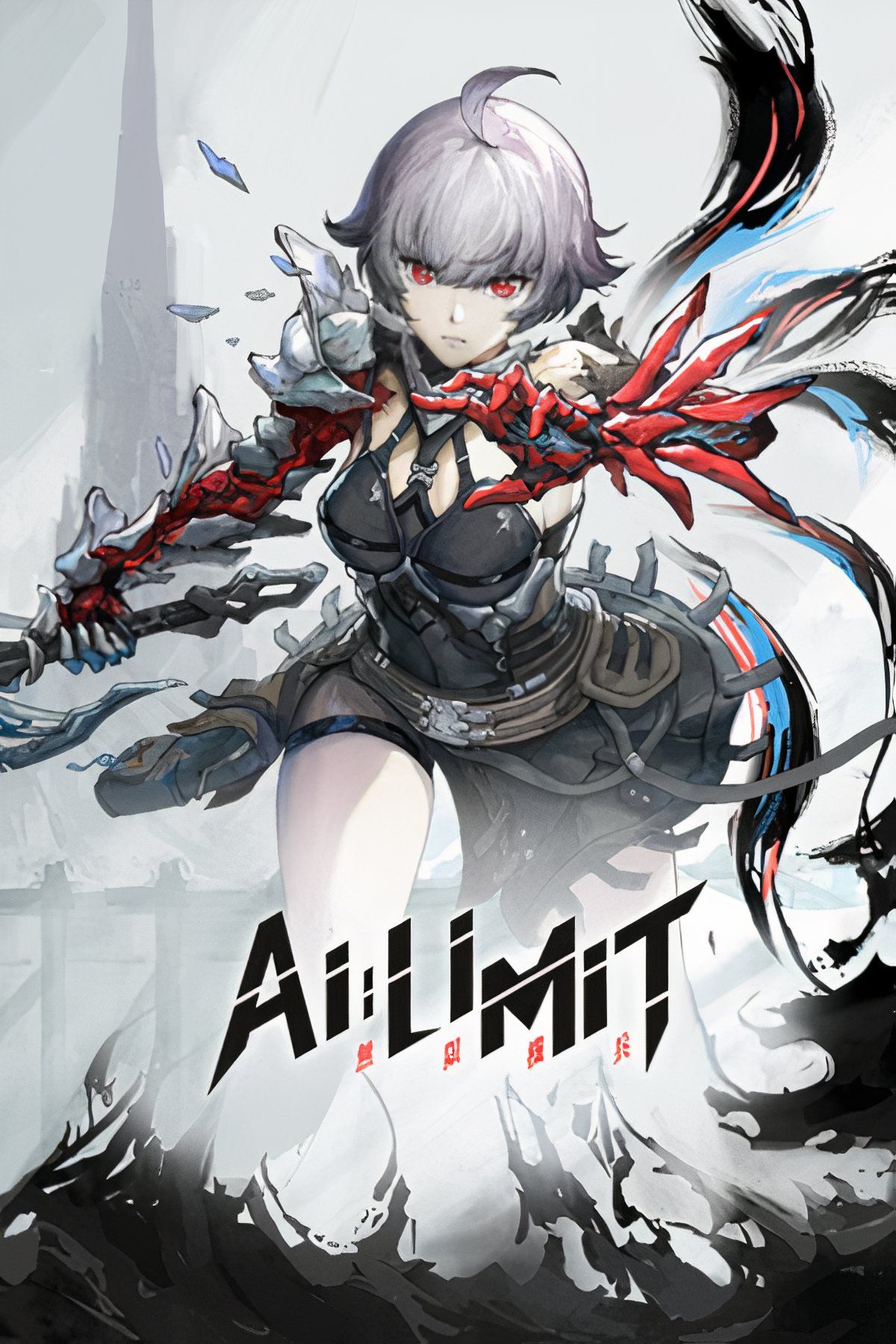
Reviewed on PC
- Released
-
March 27, 2025
- Developer(s)
-
Sense Games
- Publisher(s)
-
CE-Asia
- Immersive Visuals, Worldbuilding, and Atmosphere
- Well-Balanced, Accessible Gameplay
- Unique Take on Traditional Soulslike Mechanics
- Polished and Stable Performance
- Sync Rate System Discourages Build Flexibility
- Underutilized Gear Customization System
AI Limit releases on March 27, 2025, for PC and PlayStation 5. Game Rant was provided a PC code for this review.








